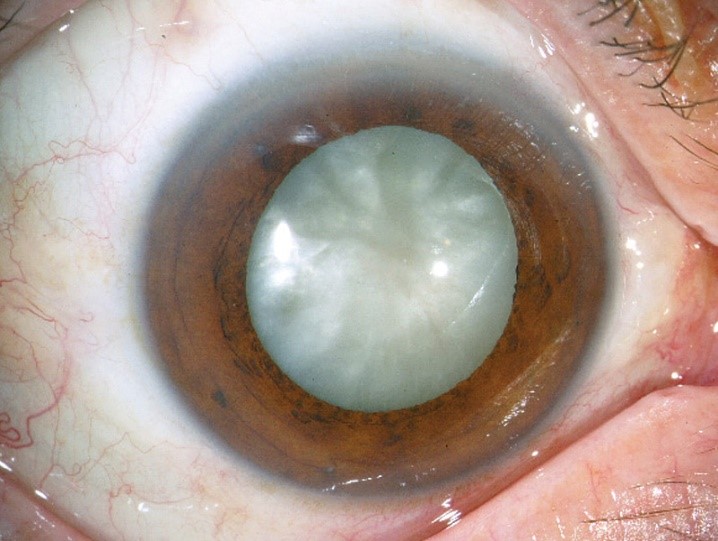Cataracts
What is it?
This condition occurs in the lens, the natural lens inside the eye that allows focusing near and far objects. The lens becomes opaque and loses its transparency, both naturally and due to aging. The images become cloudy and, as it progresses, we lose visual acuity.
Symptoms
The glare of sunlight, lamps or headlights of cars at night is one of most discomforts due to cataracts. Besides blurred distance vision, with many complaints because “the faces of the people cannot be recognized anymore”, these are the most common symptoms. In some cases, cataracts can improve the closer view but at the expense of farsightedness.
Treatment
The cataract surgery is now a quick and painless, highly effective, low-risk procedure. The operation involves removing the clouded lens contents using ultrasound and replacing it with a customized artificial intraocular lens in each case. It allows to regain a normal and even better vision than the patient has had in a long time.
Intraocular lenses are in constant technological evolution, both in design and materials. Currently there are several types of intraocular lenses:
-The Monofocal intraocular lenses, which correct distance vision, but with the patient still needing glasses to see up close.
-The Multifocal intraocular lenses, which can remove the dependence on glasses for near and far vision. More recently, trifocal intraocular lenses have appeared, which provide vision at various distances: near, middle and far.
The indication of one or another kind of intraocular lens must be agreed between the patient and the ophthalmologist, depending on the expectations of each person and their anatomical-functional condition.
The assisted cataract surgery with femtosecond laser is now a painless, safe and quick reality which is given in three phases of the intervention:
-The creation of entry routes through the cornea to the use of instruments.
-The circular opening of the lens capsule, or capsulorhexis.
-The division of the contents of the cataract through small fragments that facilitate the use of ultrasound.
Although the use of ultrasound for cataract extraction is not removed, it does decrease the required applied energy, resulting in a faster recovery for the patient’s eye. The accuracy and safety of these laser assisted maneuvers is greater than can be achieved by the hands of the best surgeons.
Prevention
For incipient cataracts it is possible to take remedial measures, such as wearing sunglasses to avoid glare, or gradual glasses if there has been a change in refraction. But the definitive treatment for cataracts remains surgical treatment. Despite considerable research effort in this area, there is no pharmacological treatment to prevent or cure effectively age-related cataracts.

